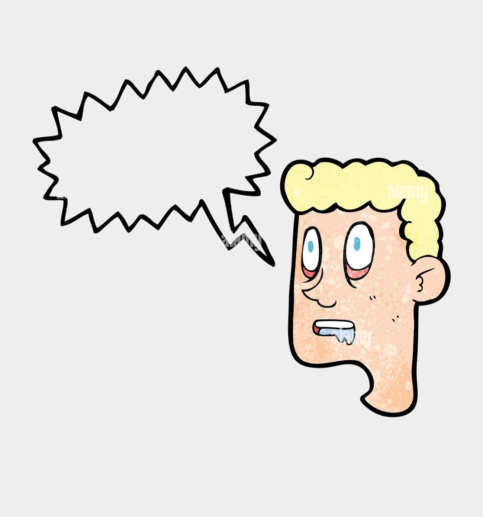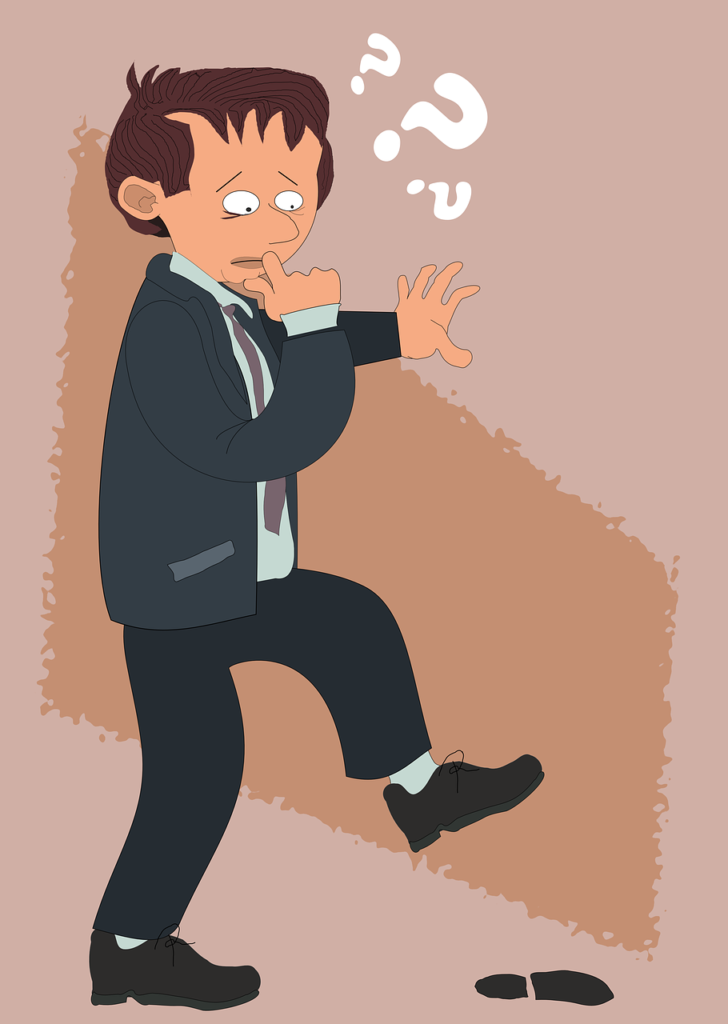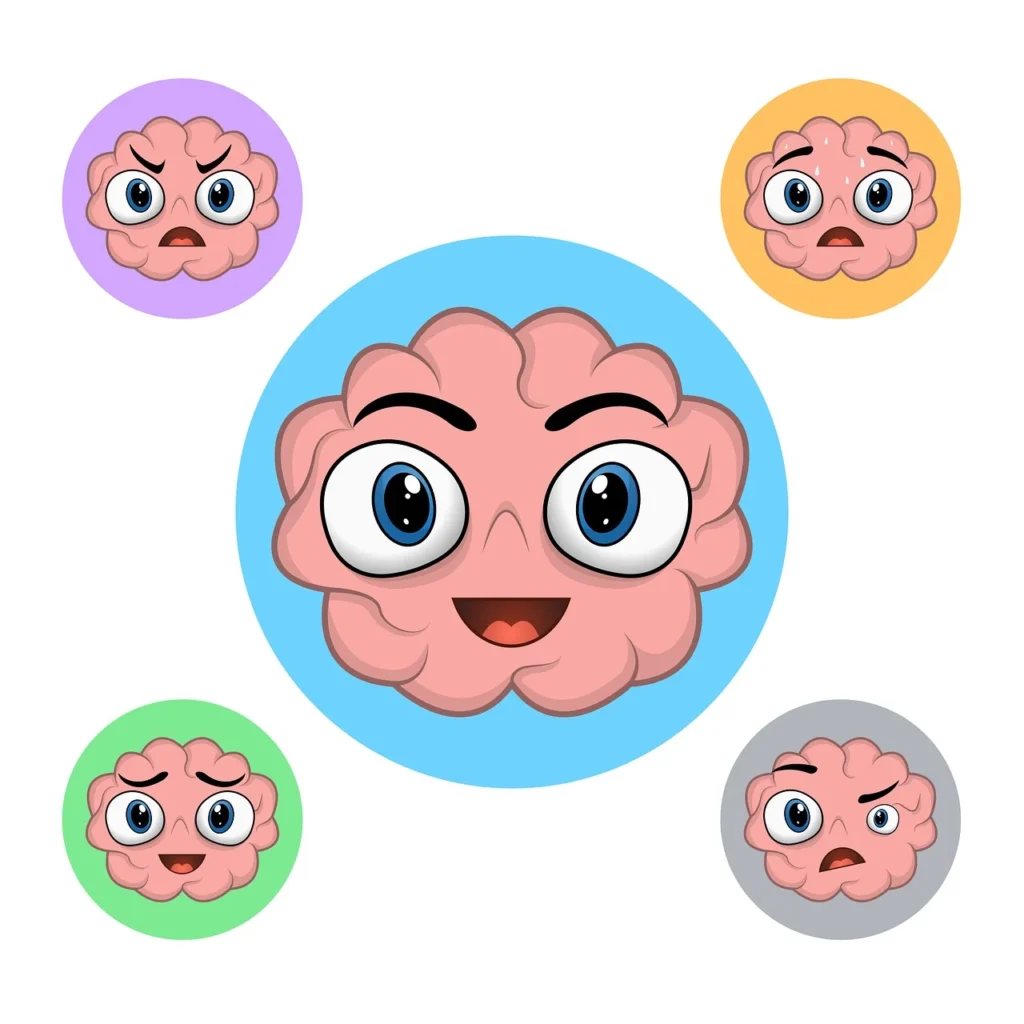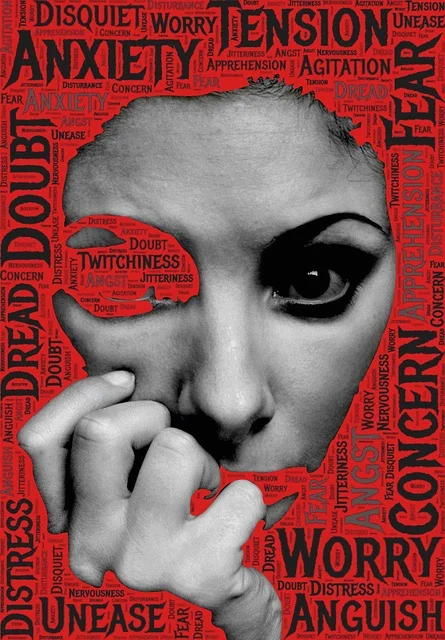A person with catatonia has a disorder that impairs their awareness of their surroundings. Individuals who have this illness may react very little or not at all to their environment, or they may act in ways that are strange, unanticipated, or dangerous to others or oneself. Although it can have potentially fatal consequences, medicines and other treatments can effectively treat it.
Catatonia
An illness called catatonia affects how the brain functions, which affects how a person interprets and responds to their environment. Catatonia sufferers frequently show no reaction to events going on around them or may respond in ways that seem strange. The most noticeable aspects of this illness are odd behavior, peculiar movements or lack thereof, and impaired communication.

Since German psychiatrist Karl Kahlbaum first identified and documented catatonia in 1874, researchers have examined it, yet the condition is still largely undiagnosed. This is partly due to the misconception that catatonia was exclusive to those with schizophrenia until quite recently. Disagreement across psychiatry regarding the number and type of criteria needed to identify catatonia presents additional diagnostic complications.
Types of catatonia
These are the following common types
- A kinetic catatonia: The most typical is this. A person suffering from akinetic catatonia frequently looks off into space and is silent when you talk to them. If they answer, it can just be a repetition of what you said. They may lie or sit in an odd posture and refuse to move.
- Agitated catatonia. The individual with this kind may move, but it appears impulsive and without purpose. They might exhibit signs of agitation, aggression, delirium, or they might imitate the actions of someone attempting to assist them.
- Malignant catatonia: This kind occurs when the symptoms worsen and cause further health issues, such as risky variations in body temperature, blood pressure, respiration, or heart rate. A long-term catatonic patient may experience symptoms that increase their risk of developing blood clots, kidney failure, and dehydration.
Signs and symptoms
The DSM-5 states that in order to diagnose catatonia, at least three of the twelve symptoms must be present. Among these signs are:

- Both catalepsy (stiff bodily posture) and stupor (oblivious incapacity to move or respond to stimuli)
- Mutism (verbal communication limited to nonexistent)
- Waxy flexibility: the ability to hold one’s own body in any position.
- Negativism (absence of reaction in words)
- Maintaining an alignment or stance that defies gravity is known as posturing.
- Mannerisms (excessive or peculiar gestures and behaviors)
- Stereotypy (repeated, unintentional movements)
- irrational agitation and twisted facial expressions caused by grimacing
- Echolalia, or the repeating of words by others
- Echopraxia, or mimicking the motions of others,
Rigidity and automatic obedience are two more typical indications. Unlike schizophrenia linked with other mental illnesses, when remissions are likely to be prolonged, catatonia associated with schizophrenia may cause stupor to last for extended periods of time.
Causes
Physicians are unsure of the precise cause of catatonia. Individuals with mood disorders or psychotic disorders, such as schizophrenia, bipolar disorder, or depression, are most likely to experience it. A third or so of catatonic individuals also have bipolar disease.

People without a mental disease may have catatonia due to a variety of medical ailments. Among them are:
- Disorders that impact your body’s chemistry, such as diabetes, thyroid issues, and renal issues
- Parkinson’s disease: a neurological condition that affects your body
- Encephalitis is a type of brain infection
Diagnosis
Your doctor will use a variety of techniques to diagnose catatonia. Typically, a neurological evaluation comes first. Your doctor will evaluate your reflexes, reactions, and how they react—or don’t—to the environment throughout that examination.
The existence and severity of catatonia will subsequently be rated by your clinician using a standardized evaluation method, typically the Bush Francis Catatonia Rating Scale. Since catatonia is invariably linked to another medical or mental health issue, healthcare professionals must first determine the source of the disorder. It is important to rule out more severe underlying illnesses first because catatonia can occur alongside serious or even fatal conditions.
Diagnostic, imaging, and laboratory testing are typically used to diagnose catatonia and determine the underlying cause.
- Imaging examinations. These may consist of magnetic resonance imaging (MRI), computed tomography (CT), and further imaging procedures.
- Tests for blood, urine, and spinal fluid (spinal tap). These examinations search for infections, chemical alterations in body fluids, and more.
- Checking for brain activity. Your brain’s electrical activity is analyzed and recorded during an electroencephalogram (EEG), which can help rule out epilepsy or seizures.
Treatment for Catatonia
One of two approaches is typically used to treat catatonia: medication or electroconvulsive therapy (ECT).

Medications
Because they are extremely efficient and safe, benzodiazepines are the main medicine used to treat catatonia. If benzodiazepines are used to treat catatonia, between 60% and 90% of patients will get better. The recommended drug is lorazepam, although zolpidem, diazepam, and clonazepam are also useful. Depending on the specific drug, medical professionals may administer these drugs as an injection, an intravenous (IV) infusion, or as pills.
Although they are typically not used as first-line therapies, other medications (such as mood stabilizers or antipsychotics) may also be helpful. Since antipsychotic drugs can induce catatonia to become malignant catatonia or neuroleptic malignant syndrome, they are most useful in treating other symptoms once the original catatonia symptoms heal.
Electroshock treatment
A very little electrical current is passed through a specific area of the brain during electroconvulsive therapy (ECT) to induce a brief seizure. When receiving ECT, patients are put under general anesthesia, which puts them into a deep sleep and prevents them from feeling discomfort.
Moreover, almost everyone who receives ECT for catatonia benefits from it. When someone has malignant catatonia, this is the major course of treatment and frequently a lifesaver. It is also beneficial for those whose medication-resistant catatonia is not improving.



